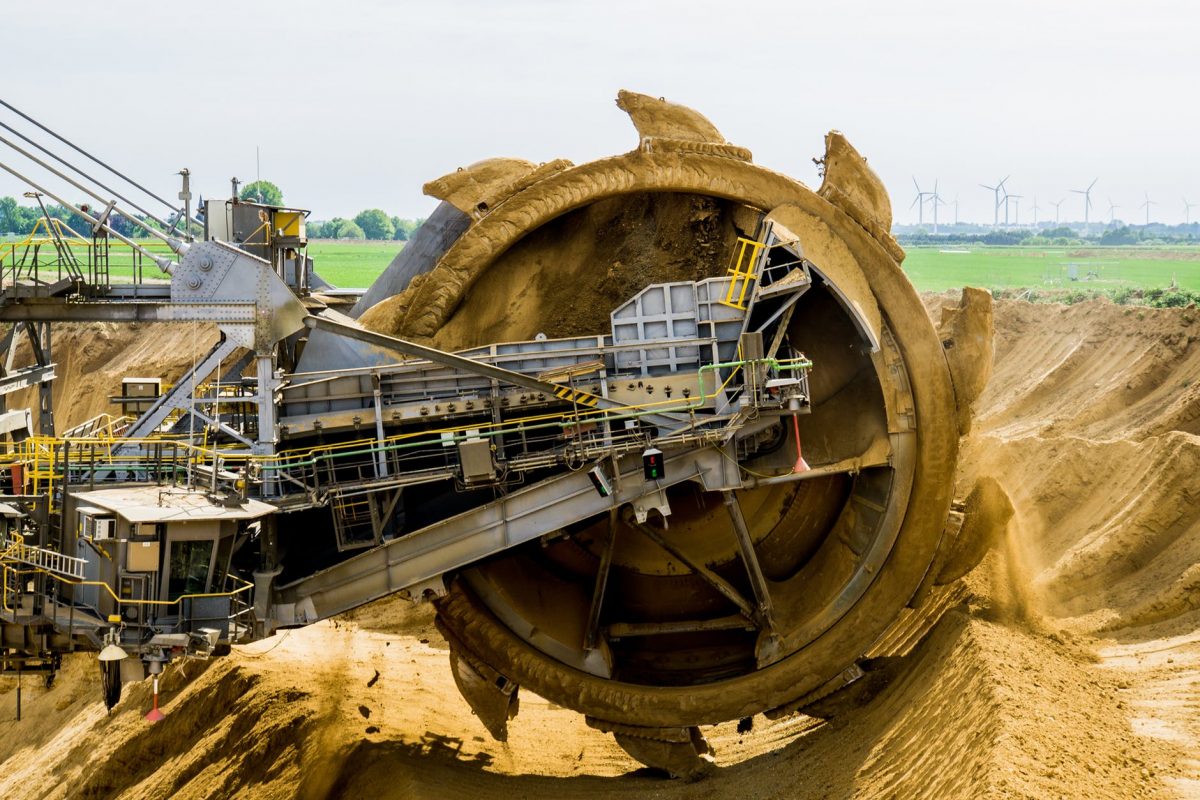Predictive Maintenance, Preventive Maintenance
Using Lubricants in Mining Equipment
Mining as an industry began many thousands of years ago, with the excavation of ores by hand, and has now evolved into modern day mining. Today, heavy-duty machinery can remove tonnes of ore, minerals, and other debris from the Earth every day. Lubricants have also advanced significantly over the last few decades and can now be used for long periods to help protect mechanical parts – an application of particular interest in the mining industry. In this article, we look at the use of lubricants in the mining industry and why it is beneficial.
Lubricants are used in many areas of mining, particularly within heavy machinery and equipment used to perform excavation and ore transportation operations. Many vehicles and excavators used in mining operations can be as large as a house, with boom arms a few hundred feet in length. Given the number of mechanical parts in these machines, proper lubrication ensures equipment lasts longer and recurring expenses due to the continual replacement of machinery are avoided.
As lubrication systems have become more advanced, the need for routine maintenance has been replaced with longer-lasting, centralised lubrication systems. Their introduction has not only ensured mining equipment is better maintained and more efficient, but it has also enabled mining companies to make savings through fewer maintenance checks and lubricant replacements.
There are many areas in which lubricants can be used in modern day mining equipment, with the most common being gears, compressors, engines, hydraulic boom arms, drivetrains, transmission fluids, and coolants. Lubricants can also be used in both fixed and mobile mining equipment. Modern-day lubricant systems used in mining consist of many parts; including a grease pump, a motor used to drive the grease pump, and either an injector or a valve to control the release of lubricant into different areas of the machinery.
Modern-day systems can apply lubricant to many different areas from one central location, but it can become a complex issue to add more lubrication release points once the system is already installed. Whilst maintenance is not required as frequently for these systems, they do need to be properly set-up, otherwise the benefits of implementing a centralised system are not always realised.
The Shift to Long-Term Lubricants
Longer lifetime lubricants are starting to be used more and more in many applications, with one of the biggest current adopters being the automotive industry. The shift from short-term lubricants to long-life lubricant systems is starting to show many benefits for mining companies as well, including a smaller environmental footprint, increase in productivity, reduction in maintenance, improved safety and lower long-term cost.
The mining industry often suffers from water contamination issues as a result of spent lubricant entering water sources. The shift from short-term to long-life lubricants can help to reduce the levels of lubricant waste produced by a mine, which in turn can reduce the amount that leaches into the environment. Additionally, many long-term lubricants are designed to be more energy efficient which further reduces the impact on the environment.
Regarding productivity and maintenance, the more maintenance a piece of machinery requires, the greater its downtime. Over time this can add up, leading to a decrease in productivity. The switch to a long-lasting lubricant not only reduces the amount of maintenance required, it enables the mining company to take a predictive maintenance approach. Therefore, long-lasting lubricants reduce the need for maintenance, and as a result enhance the productivity of the machinery through longer operating times. Additionally, because many of the long-lasting lubricants are more advanced formulations, they can reduce the wear in a piece of machinery, again reducing the need for regular maintenance and keeping the machine in a better condition.
Many accidents that occur within the mining industry are due to the interactions between humans and machinery. Longer-lasting lubricants reduce the interactions required between human and machine, meaning mining employees spend less time in hazardous situations, increasing the safety of mining operations from an occupational perspective.
Finally, all the benefits mentioned above reduce the long-term costs of mining. Not only can long-lasting lubricants increase productivity, leading to greater profits, they can also reduce costs through more energy efficient processes, reduced lubricant consumption and a reduction in maintenance and replacement machinery.


